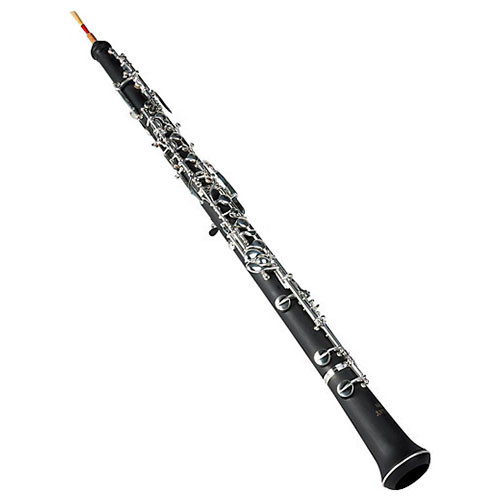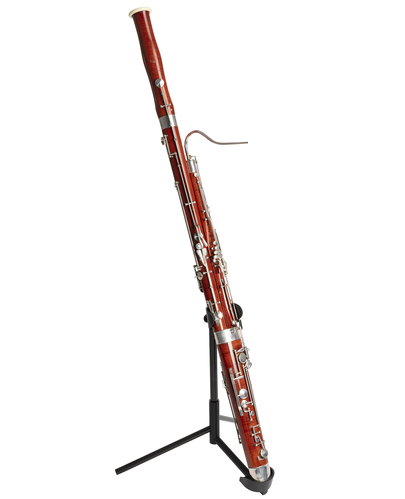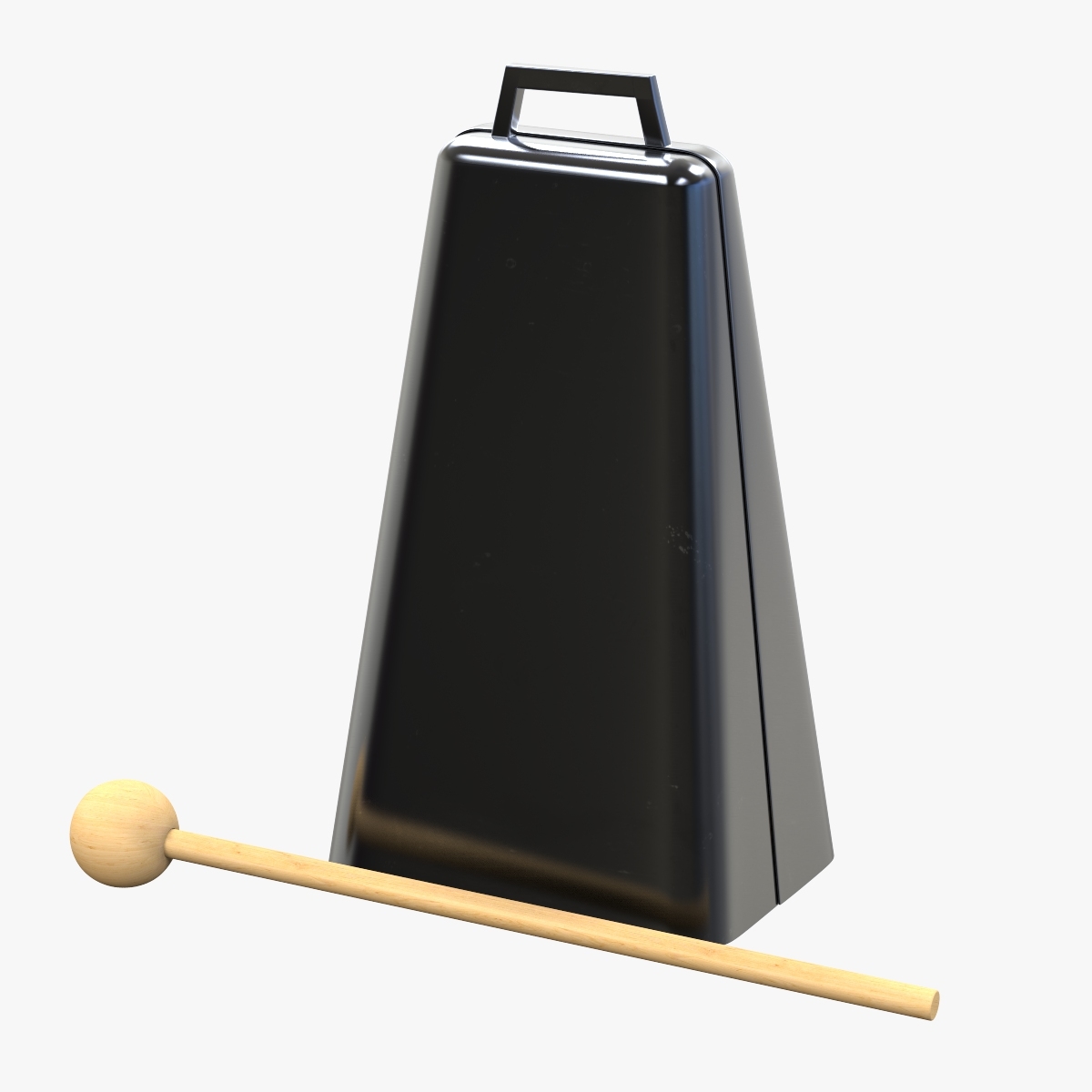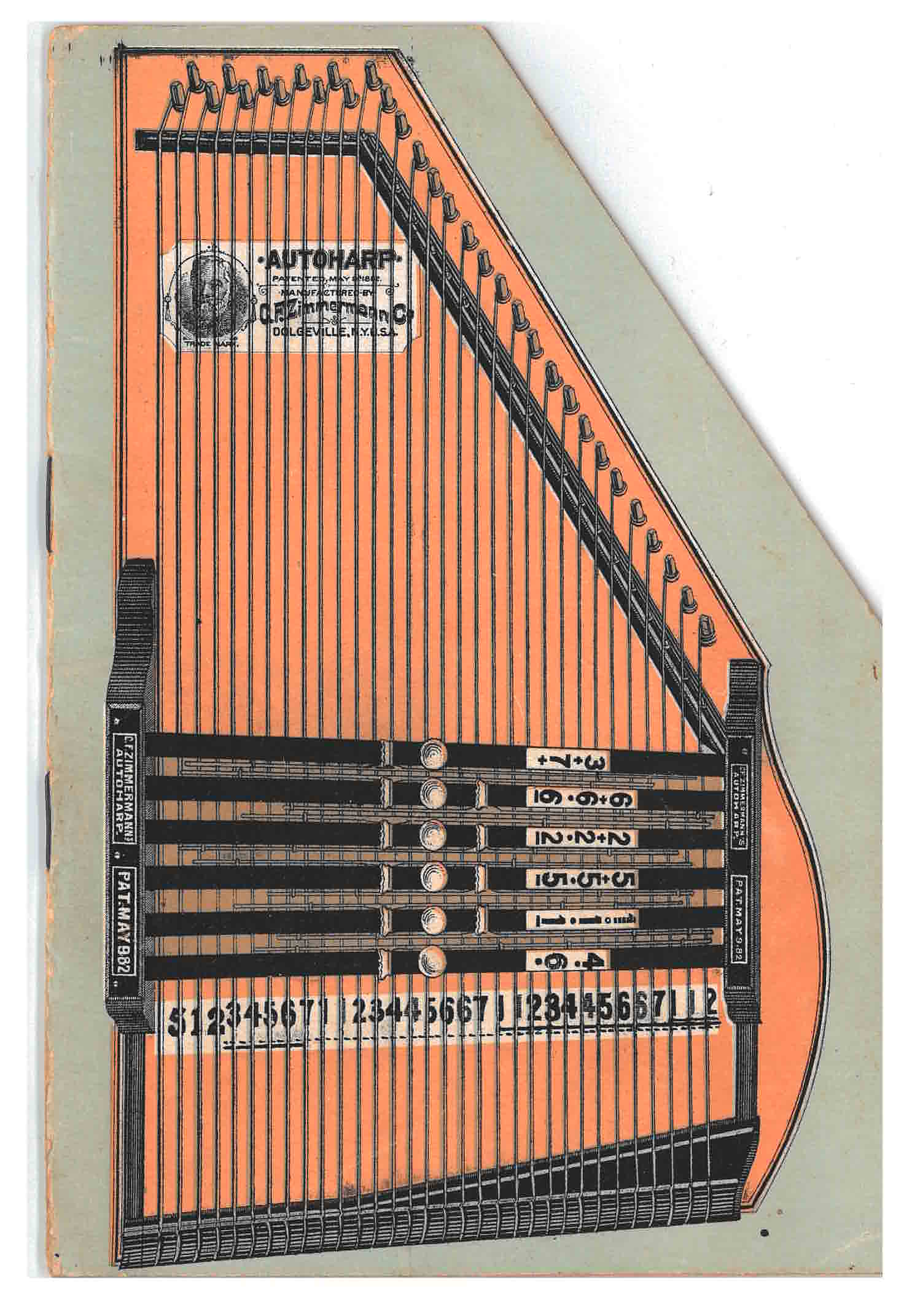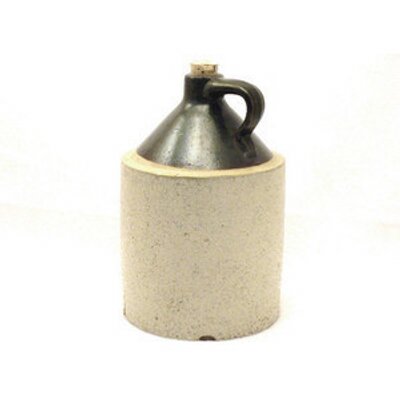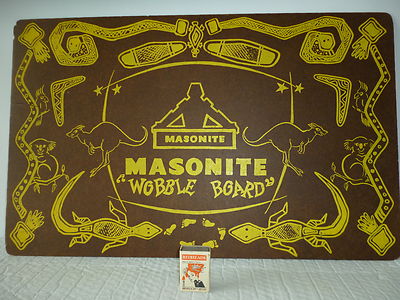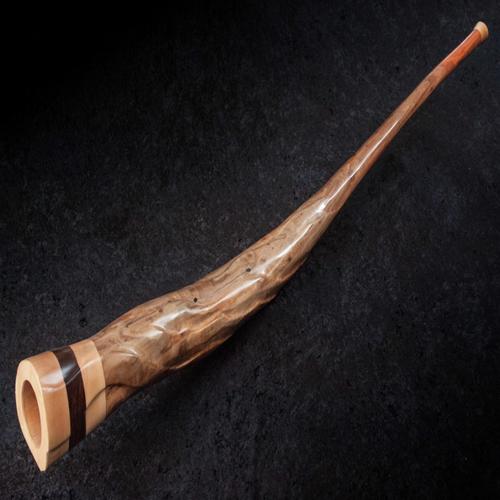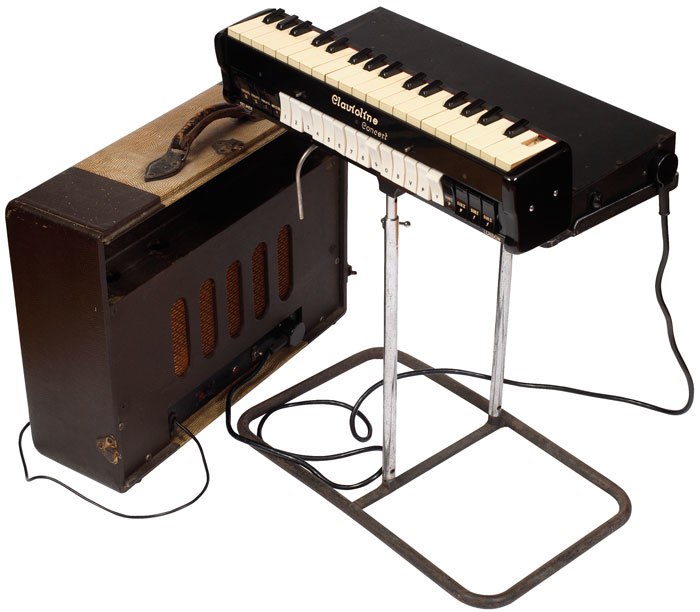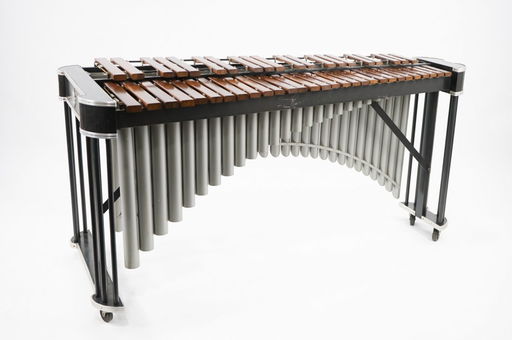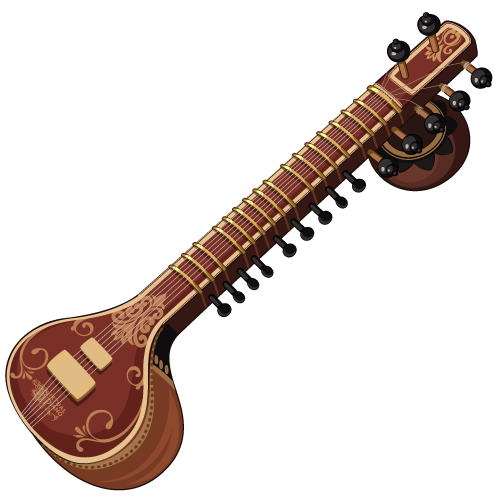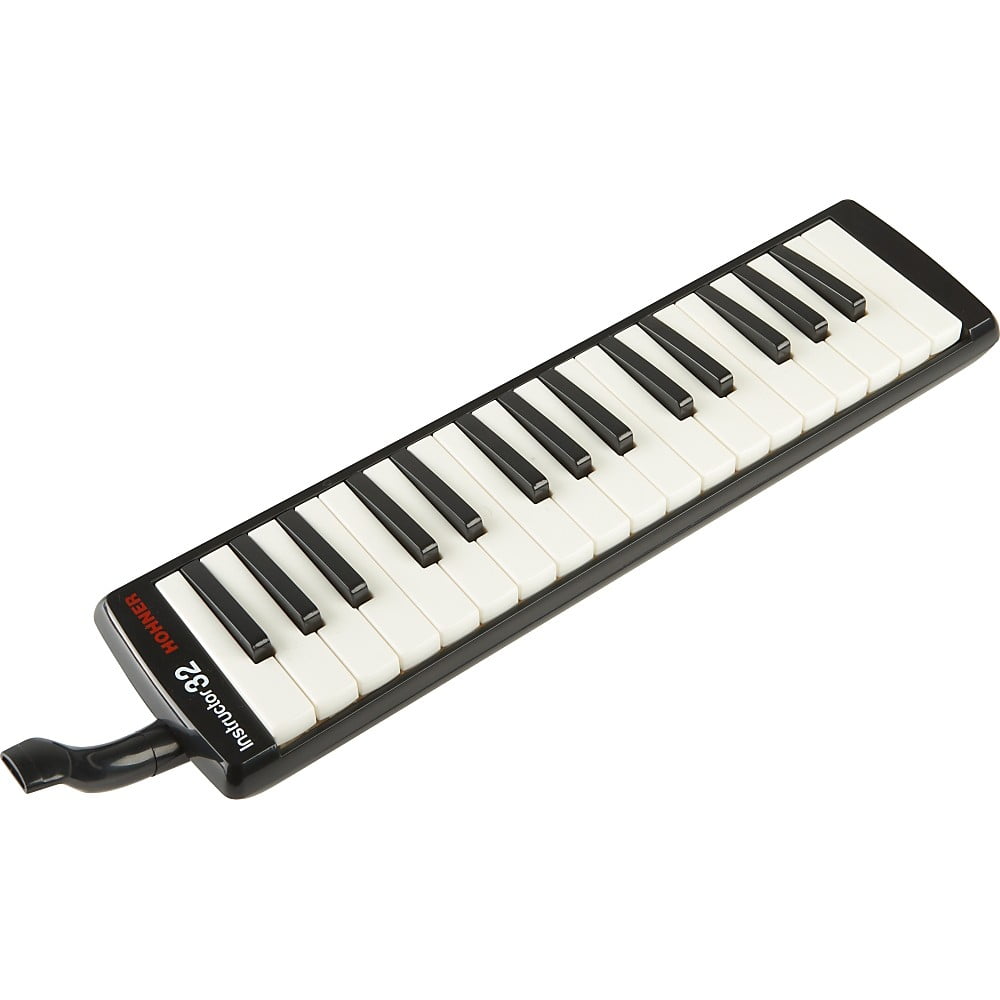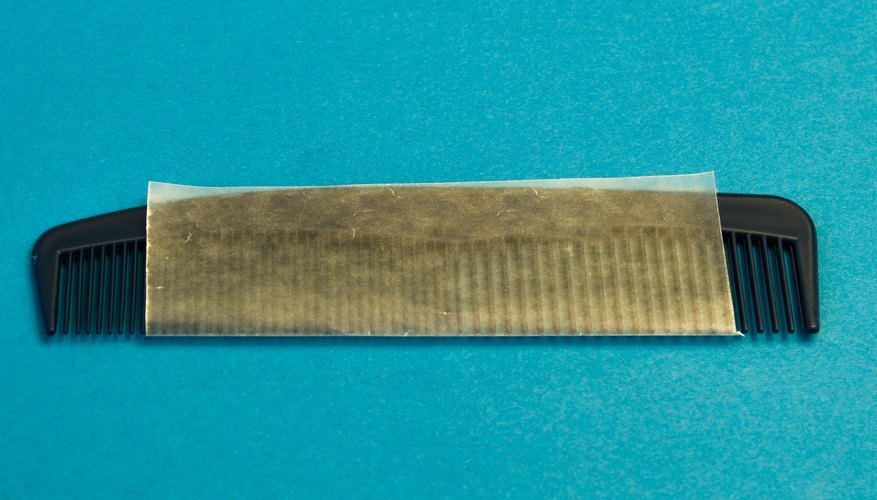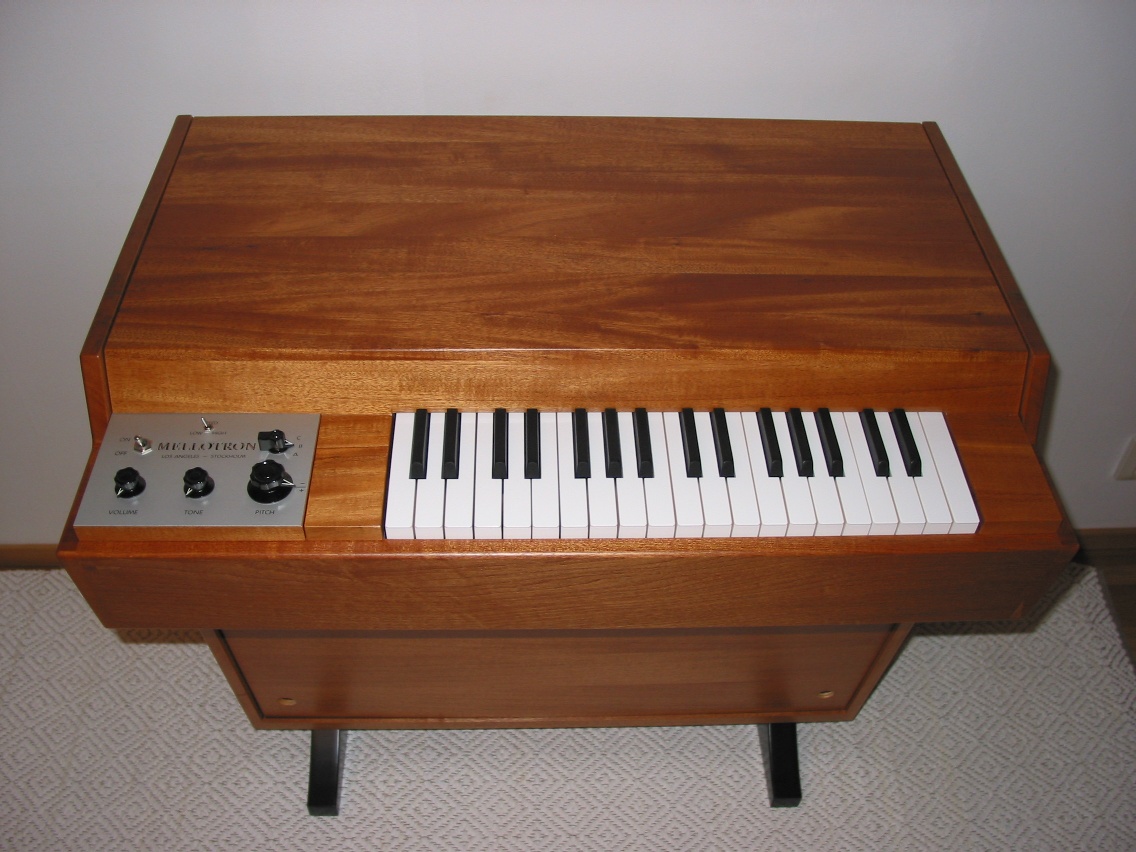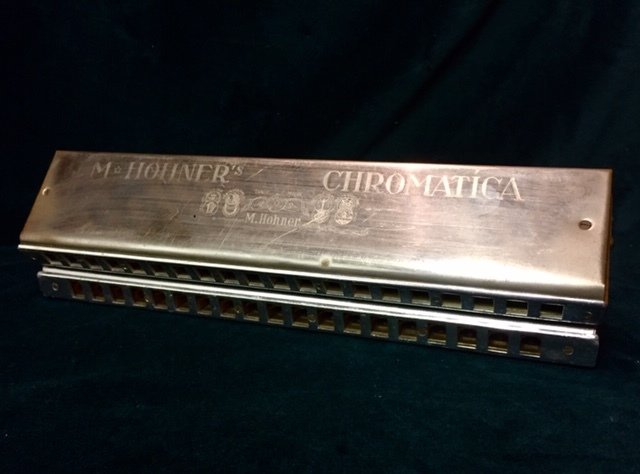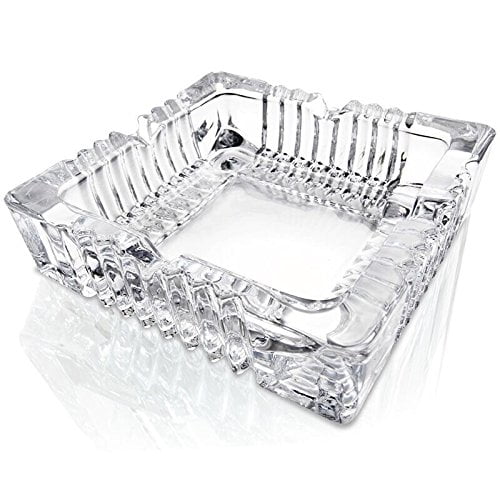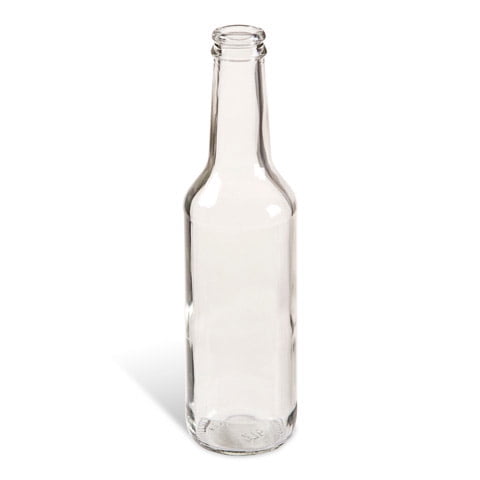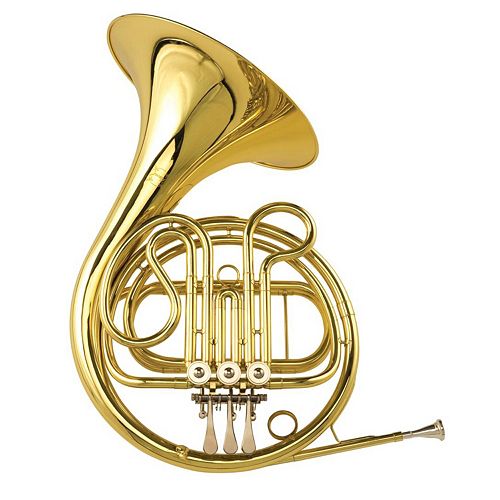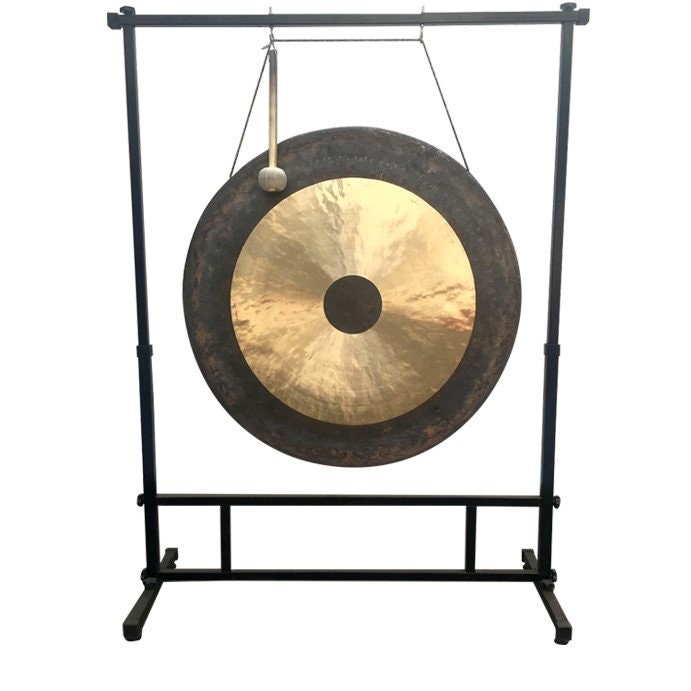
The sound of synthesized strings and choirs, as played on the keyboard instrument we will generically call a Mellotron throughout this post, has always thrilled your Dentist. The history can be found in great detail online, but let’s summarize. In the late 1940’s, Californian Harry Chamberlin became intrigued with the idea of creating a keyboard that could duplicate the sounds of an orchestra. Each key activated the playing of a generally 8 second piece of tape that ostensibly used the sounds of The Lawrence Welk Orchestra in the ’50s. The Chamberlin is on the far left at the beginning of this article. It is said that Chamberlin’s salesman Bill Fransen went to England with 2 of these allegedly unreliable models and enlisted the Bradmatic company to make new heads for the machine. With modications and the new name Mellotron, Streetly introduced their Mark 2 in 1963 which is in the middle above. Apparently in 1965 Chamberlin found out about Fransen’s deception and negotiated a settlement whereby Mellotron’s would be available in the U.K. and Chamberlin’s in the U.S.. The string sounds are pretty darn similar so only a true expert can tell which recordings use which instrument it appears. A 1970’s modification was the Orchestron (shown above far right) which used an optical disc instead of tapes so a note could sustain as opposed to the 8 seconds only on the mellotron. Today many players utilize samples on their synthesizers rather than the cumbersome and unreliable original instruments. That was confirmed on 2019’s On The Blue Cruise when Strawbs keyboard player Dave Bainbridge did just that (check out the amazing “We Have The Power” on 2017’s The Ferryman’s Curse). Watching Dave play, however, I did miss seeing the original mellotron in action which I did up close in 1974 at Ebbets Field in Denver. My seat was so close to the stage I had to be careful not to accidently put my shoe in the back of the machine and tangle up in the moving tapes as John Hawken played “Hero & Heroine” by that version of The Strawbs.
The original idea of this post was to list 25 of my fave mellotron (or other synth strings/choirs) containing songs. To keep from filling it up with just a few bands, I decided to not list more than 2 songs by any one artist. Even then I found that 25 songs wasn’t enough so we will do part 2. The order is fairly fluid except for the first dozen or so.
1.Strawbs – Hero & Heroine
The sheer power of John Hawken’s mellotron combined with Dave Lambert’s guitar chords and Chas Cronk’s bass is simply breathtaking. This is from the 1974 LP Hero & Heroine. Dave Cousins crafted a masterpiece here and if I wasn’t so intimidated by him on last 2019’s On The Blue Cruise, I would have loved to ask him to go in to detail how a folk band mutated to this powerful progressive act.
2.Barclay James Harvest – For No One
Another 1974 masterwork from the Everyone Is Everybody Else LP – their first on Polydor. When Woolly’s mellotron and John Lees’ raw guitar crash in at the beginning, I still get chills and want to crank the volume like my pal Chuck Davis and I used to do back in the day. The anti-war protest lyrics are still relevant.
3.Genesis – The Fountain Of Salmacis
This song is from the first Genesis record to include guitarist Steve Hackett and drummer Phil Collins completing the classic line-up with singer Peter Gabriel, bassist Mike Rutherford and keys man Tony Banks. The 1971 LP Nursery Cryme (their 3rd) was also the first to include mellotron thanks to Hackett suggesting they purchase one. The story is from Greek mythology about the creation of a dual sexed child by a godly joining of the naiad Salmacis and the unusually attractive boy Hermaphroditus.
4.Strawbs – Grave New World
Once again a powerful mix of a great song and crashing mellotron supplied by Blue Weaver who later joined The Bee Gees. This was before Dave Lambert replaced the folkier Tony Hooper on guitar so the power this time was supplied by the rhythm section of John Ford on bass and Richard Hudson on drums. Dave Cousins sounds like he was bursting his vocal chords at the seams. The 1972 LP Grave New World was a total package – excellent songs and performance coupled with a booklet and an outstanding gateful album cover.
5.The Moody Blues – Nights In White Satin
This is Justin Hayward’s best song and the lyric and arrangement is a brilliant synthesis of unrequited love that he supposedly wrote when he was 19. It featured on their 1967 LP Days Of Future Passed and hit #9 on the U.K. charts that year. Amazingly, the following year it could only get to #103 in the U.S. and it would take a 1972 reissue to finally push it to #2 here. It was Mike Pinder’s extensive use of mellotron on this album that mainly brought the instrument to the fore.
6.The Bee Gees – Every Christian Lion Hearted Man Will Show You
Maurice plays an eerie descending mellotron figure with Robin chanting “O Solo dominque” which is very different than Saturday Night Fever kids, but this was your (grand)father’s Bee Gees – a frankly better version. This song was found on their 1967 LP Bee Gees’ 1st. The song was written by Barry, Robin & Maurice Gibb and could also be found on the B-side of their “Holiday” single.
7.King Crimson – Epitaph
The first King Crimson album In The Court Of The Crimson King (1969) is one of the most important albums all-time in creating what we now know as progressive rock. Singer/bassist Greg Lake was one of the best prog singers ever and Robert Fripp is still an influential guitarist/composer. They helped write this song with Ian McDonald (mellotron) and Michael Giles (drums). Pete Sinfield’s lyrics are about despair and confusion. They made their live debut playing the free concert put on by The Rolling Stones in Hyde Park (London) July 5, 1969.
8.Hudson-Ford – Silent Star
After the 1973 Strawbs LP Bursting At The Seams, the rhythm section of Richard Hudson and John Ford decided to strike out on their own. Their sing-along song “Part Of The Union” had been a #2 hit from that LP and stood at odds to Dave Cousins’ more serious songs. After a fine first album of guitar rock (Nickelodeon), their 2nd returned them to prog with this song from the 1974 Free Spirit LP. Chris Parren played the mellotron. They put on an excellent show at the intimate Denver club Ebbets Field so it was fun that on their 3rd LP they saluted us with the song “Mile High City”.
9.Barclay James Harvest – Song For Dying
U.K. band BJH didn’t have the U.S. success they deserved, but did manage to become stars in Germany playing in 1980 to a crowd of 250,000 there. Guitarist John Lees wrote this song for their 2nd LP Once Again (1971). Suffering from depression, mellotron man Woolly Wolstenholme offed himself in 2010 sadly.
10.The Moody Blues – Watching & Waiting
To Our Children’s Children’s Children is my fave prog album and maybe my fave album period. This song was one of yearning and still brings chills to your Dentist. As a single in 1969 it flopped. “Watching and waiting for someone to understand me, I hope it won’t be very long” was a lyric this high school senior could identify with back then. It was the kind of song to put on at max volume with the lights out late at night. Gorgeously eerie mellotron sets the mood on this Justin Hayward and Ray Thomas composition.
11.Steven Wilson – A Door Marked Summer
Quoted from year end post in Dec. 2017: “It is perverse that by far the best song on the album To The Bone (“A Door Marked Summer”) is only available on the horribly pricy boxset version along with several other more progressive tracks and demos.” I would hope that one day Wilson will put together a rarities set with B-sides and outtakes so this and others will be easier to own. 52 year old Brit Wilson still looks like a kid and seems to have endless energy between all his own music and remixing while remaining the great white hope for modern progressive music.
12.New England – Don’t Ever Wanna Lose Ya
The Rock & Roll Dental Hygienist and I attended a concert by these guys at the sadly shuttered Rainbow out on Evans and Monaco east of Denver back in 1979. After their set, the crowd went absolutely crazy due to the powerful use of mellotron and power pop guitar on songs like this. The cheering wouldn’t stop and the band came out to say they didn’t know any more songs so they repeated some of their show. Unfortunately that 1978 self-titled 1st album was their high water mark. This Mike Stone and Paul Stanley produced single made it to #40 on the charts.
13.King Crimson – The Court Of The Crimson King
This is an abridged version of the final track on the first King Crimson album (as officially posted by Robert Fripp?). An even shorter version (listed at 3:22 on the 45) made it to #80 early in 1970 – their only single to make the U.S. chart. For a totally unknown group when this album was released, it was pretty bold to make the cover strictly a painting. There was no writing to indicate the artist or title yet people noticed it and still remember the schizoid man’s red face. It was done by Barry Godber, his first and only album cover as he died of a heart attack only 4 months after the LP was released.
14.Steve Hackett – Spectral Mornings
This man obviously loves progressive music. He was the one who convinced Genesis to add a mellotron and was bold enough to quit as they were moving into pop music. He was quietly friendly on our 2019 On The Blue Cruise and mixed Genesis and solo works in to his amazing live show. He was the only artist to schedule an autographing session as well. During the virus lockdown of 2020, on youtube he posted a series of at-home videos where he played about 2 1/2 minutes of a song and commented about it. In those he comes across as a thoughtful student of music who delights in what he has been a part of. I respect his commitment to his craft and you sense he is a man that would be interesting to spend time talking prog music with. This song is on his best early solo album, his 3rd (Spectral Mornings 1979).
15.The Rolling Stones – 2000 Light Years From Home
Sgt. Pepper’s Lonely Hearts Club Band inspired a lot of bands in 1967 to experiment with new sounds and lyrical content. One of those bands apparently was The Rolling Stones who released Their Satanic Majesties Request in response. It’s own up time as I wasn’t much of a Beatles fan back then so didn’t buy Pepper till the ’70s. Mick and Keith’s band were a different matter. When I bought this album in ’67 it was mostly for the cool 3-D cover, but musically only half the album was great – the other half…? This was one of the great songs and also appeared as the B-side to the single “She’s A Rainbow”. While allegedly Brian Jones was a miserable bandmate, musically he made the Stones interesting and he performs mellotron and theremin here.
16.Yes – Heart Of The Sunrise
Jon Anderson’s high voice plus the mixture of jazziness with their music has always made me less of a Yes fan than most proggers – sorry. The iconic Roger Dean cover plus Rick Wakeman joining the band made Fragile (their 4th) the 1st of their albums in my collection back in 1971. While “Roundabout” was the hit from the album, this has remained one of the most popular Yes songs in concert. Composition was given to Anderson, Bill Bruford and Chris Squier, but supposedly Rick Wakeman also helped but couldn’t be listed due to contractual reasons.
17.Elton John – Grey Seal
Goodbye Yellow Brick Road was the album that finally pulled your Dentist in to being a fan of Reg Dwight (his 7th – 1973). Sorry, but I am still not much in to his early stuff and there are songs here that don’t move me either (i.e. “Social Disease” and “Jamaica Jerk-off”). On this LP his music was more powerful and the songs better in general. For me, “Grey Seal” should have been a single as opposed to the execrable “Bennie & The Jets”, but that was a #1 so go figure. Elton plays the mellotron.
18.Genesis – Watcher Of The Skies
Once again your Dentist is wildly out of step with many proggers as the canonization of the overlong Genesis track “Supper’s Ready” totally escapes me. For that reason I didn’t buy Foxtrot right away back in 1972 thus it took awhile to appreciate what a great mellotron song “Watcher Of the Skies” is. It is the lead-off track on the LP with the title taken from a John Keats poem. Songwriting credit goes to the whole band. While the LP version is good, frankly this take from their 1st live LP (Genesis Live 1973) is far more powerful without sacrificing any musicality. Peter Gabriel would wear a bat-wing headdress while singing this plus pound on a bass drum pedal to accent the beat late in the song.
19.Greenslade – Tide
The amazing album cover art by Patrick Woodroffe is what roped in the young me to buy the LP Time & Tide back in 1973 (their 4th). This melody leads directly in to “Catalan” on the record which has a lively Spanish riff that alternates with more sedate mellotron passages. They really need to be played together, but aren’t posted on youtube that way. This British band were named for keyboard player Dave Greenslade.
20.The Beatles – Strawberry Fields Forever
Well this is when the lovable moptops really got weird and it did take some time for the young Dentist to catch up. This single B-side (U.S. chart #8) was supposed to be a track on the Sgt. Pepper’s Lonely Hearts Club Band LP along with the A-side “Penny Lane” (chart #1). EMI pushed for new product so in early 1967 they put this out on 45. While it is too bad that those song’s weren’t on the album, you have to wonder what would have been left off then (my vote “Within You, Without You”). The story of its creation is pretty interesting and has been covered in detail over the years, but basically it comes from 2 very different takes that producer George Martin expertly grafted together. The flute mellotron that opens the song is the first time any of us had heard that instrument before. Lennon’s lyrics are a nostalgic recollection (filtered through the drug LSD) of a place he played at while a kid near his Aunt’s home. Paul McCartney plays the mellotron except on end section which is played by John.
21.Angel – Angel (Theme)
This song demanded to be much longer and should have shown the musical direction of the band. Neither proved to be the case as this band from Washington, D.C. was not so much about prog as about glammy metal plus helium voiced Frank DiMino ruined them for me. This was the last track on their 1975 self-titled debut record. It was written by keyboardist Gregg Guiffria and drummer Barry Brandt. Don’t confuse this with the inferior closer “Angel Theme” on their 2nd LP Helluva Band. Punkie Meadows played guitar and Mickie Jones the bass. Meadows and DiMino still lead a version of Angel.
22.Focus – Le Clochard (Bread)
For many the 2nd Focus album Moving Waves (1971) is known as the record that the novelty hit “Hocus Pocus” came from. For this writer, it is the mostly instrumental excellent prog album that featured an excellent side-long song in “Eruption”. Side 1 was highlit by the memorable “Focus II” written by flautist/keyboard player Thijs van Leer and this beautiful song by guitarist Jan Akkerman. Focus are from Amsterdam and are still going under the leadership of van Leer and the drummer on this record Pierre van der Linden.
23.Purson – Tempest & The Tide
Rosalie Cunningham is a brilliant musician now recording under her own name, but previously the driving force behind the psych-prog act Purson. The first album from this act from London was in 2013 – The Circle & The Green Door. Cunningham started in the Goth band Ipso Facto, but is comfortable covering David Bowie and The Beatles. During the virus lockdown she recorded an acoustic guitar version of this song for youtube release that is equally affecting.
24.The Zombies – Care Of Cell 44
I like so many of my generation managed to miss the brilliant album Odessey & Oracle when it first came out. Thankfully it continues to be revived and allowed for a couple reunions of the band over the years. The album has been acclaimed a masterwork of psychedelic pop. It was created in 1967 England in the wake of Sgt. Pepper. It wouldn’t be till 1969 that the single “Time Of The Season” from the LP became a hit and by then there was no band with The Zombies splitting due to lack of commercial success. This Rod Argent composition was a November ’67 single from the LP and failed to chart. It sort of has a psychedelic Beach Boys feel vocally and is lyrically about someone waiting for their love partner to get out of jail.
25.Camel – Air Born
We have already discussed this song in my blog about the best flute players in rock (check it out in the November 2019 post). What I wrote then was that the U.K. band Camel was formed in 1971 and while never a huge success, they continue with one original member – Andy Latimer who also sang and played flute plus guitars on this song. This was from their 1976 Moonmadness record (their fourth and last with the original lineup of the band which included Peter Bardens on keys).






